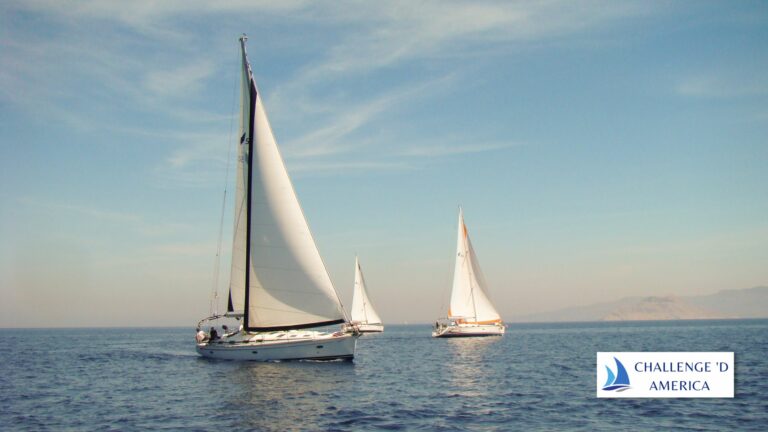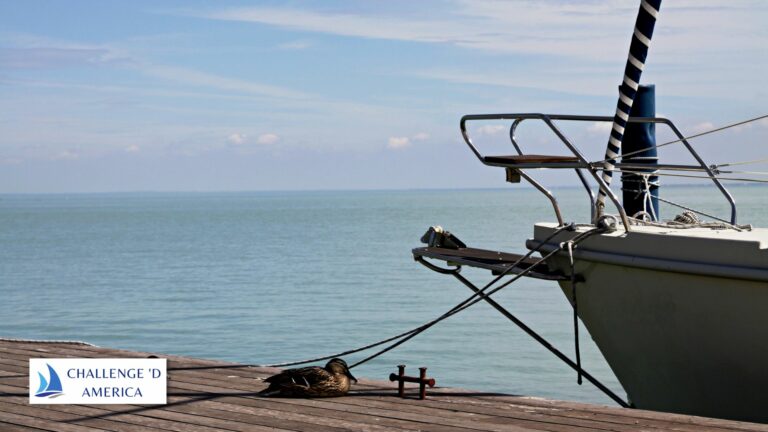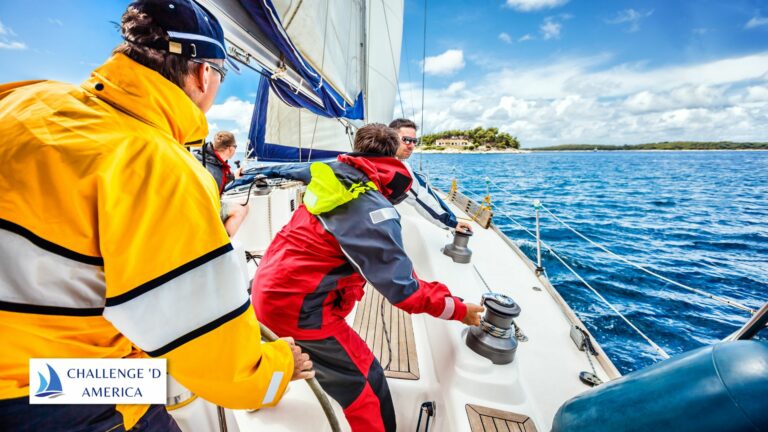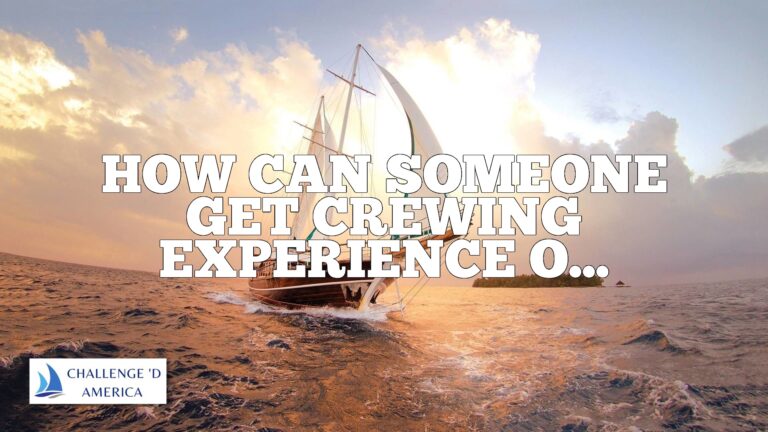What Size Sailboat Is Best For Coastal Cruising?
Sailors who are looking for the best size sailboat for coastal cruising should consider the benefits of a 30-foot boat, which is perfect for cruising bays and other relatively sheltered areas along the coast.
Although size isn’t the only thing that matters when it comes to sailing offshore, a boat of this size is generally stable enough to handle average ocean chop without getting swamped easily and offers plenty of room for passengers, equipment, and supplies.
The following guide will discuss the basics of sailboat size, factors to consider when choosing a sailboat size, benefits of using a 30-foot sailboat, and best practices for sailing in coastal areas safely and comfortably.
The Basics of Sailboat Size
When it comes to sailing offshore, size matters—but so do other things such as stability, seaworthiness, and handling average ocean chop without getting swamped easily.
Generally speaking, boats that are less than 20 feet in length are considered too small to be used safely for coastal cruising trips that involve overnight stays or long days at sea; however, larger boats up to around 40 feet can provide excellent seaworthiness and handling capabilities if they are well equipped and maintained properly.
Factors to Consider When Choosing a Sailboat Size
When selecting a sailboat size for coastal cruising trips, there are several factors that you should consider before making your final decision: your budget, intended use (e.g., day sailing or overnight cruising), available space on board for passengers/supplies/equipment (including storage space), stability/seaworthiness requirements (especially if you plan on doing overnight trips), availability/accessibility of marinas/ports along the coast where you can dock your boat when not in use, etc.
All these factors should be taken into account before you decide on which sailboat size is best suited for your needs and lifestyle.
Benefits of a 30-Foot Sailboat
A 30-foot sailboat provides plenty of room on board without being too big or unwieldy—it’s an optimal size for both day sailing trips as well as overnight cruises along the coast.
It’s also an excellent choice if you’re looking to buy your first boat because it offers plenty of features such as spacious cabins (for sleeping accommodations), comfortable seating areas (for dining or lounging), ample storage space (for supplies/equipment), easy maneuverability (for docking/undocking) and good stability/seaworthiness (for rough seas).
In addition, boats this size typically have adequate power capabilities that make them suitable for both inland lakes as well as larger bodies of water such as bays or oceans—so they can be used in virtually any type of environment safely and comfortably with little effort on the part of the crew/captain(s).
Pros & Cons Of Smaller & Larger Sailboats
Smaller boats may offer better maneuverability due to their smaller sizes; however they usually don’t offer adequate stability or seaworthiness when compared with larger boats—which makes them less suitable for longer trips at sea or rough weather conditions in general; they also tend to have smaller cabins which makes sleeping accommodations more cramped than those found on larger boats (such as 30-footers).
On the other hand, larger boats may provide extra cabin space but they also tend to be more expensive due to their larger sizes; furthermore they may require more maintenance due to their increased complexity compared with smaller models—which may not be ideal if you’re looking for an easy-to-maintain option that won’t break the bank in terms of cost or upkeep requirements over time.
Stability & Seaworthiness Of 30-Foot Sailboats
30-foot sailboats are known to provide excellent stability and seaworthiness even in rougher waters; their ample sizes make them well-suited for longer trips at sea without sacrificing comfort levels while also providing good maneuverability when necessary (such as docking/undocking).
In addition they usually come equipped with enough power capabilities so they can handle average ocean chop without getting easily swamped—so you don’t have to worry about any unpleasant surprises while out at sea!
Handling Average Ocean Chop With 30-Foot Sailboats
Although handling average ocean chop is not easy regardless of boat size—especially during high winds or large waves—a 30-foot sailboat should be able to handle most conditions relatively safely when properly maintained and operated correctly by experienced sailors who know how to read weather patterns correctly before setting out on their journey(s).
It’s important to note however that even experienced sailors should always err on the side caution when dealing with large waves or high winds—as even small mistakes can lead to costly repairs or worse yet serious injuries!
Best Practices For Sailing In Coastal Areas
When sailing in coastal areas it’s important that all crew members remain aware at all times while keeping an eye out both above deck as well as below deck—as strong currents could cause unexpected shifts in wind direction at any given moment requiring quick reaction times from everyone onboard; furthermore it’s wise to carry backup supplies just in case something goes wrong while out at sea since access back home may not always be possible right away depending on how far away from land you might be traveling during your trip(s).
Additionally it’s important that all crew members wear life jackets whenever necessary (even if no one else does!) so that you can stay safe no matter what happens during your travels!
Different Types Of Sailboats
In addition just like all vehicles there are different types of sailboats available depending on how much money you want to spend such as sloops, ketches, catamarans etc.;
some offer more speed than others while others offer more interior room than others so make sure you research each type carefully before making your final decision so you can find one that fits both your budget AND needs perfectly!
Conclusion
In conclusion choosing the right size sailboat is essential when planning coastal cruises; although there isn’t one exact answer since everyone has different needs depending on their budget/available space onboard etc.,
generally speaking a 30-foot boat is usually big enough yet manageable enough so it provides adequate stability and seaworthiness without sacrificing comfort levels too much either! Just remember though: no matter what type of boat you choose always practice safe boating techniques such as wearing life jackets whenever necessary regardless if anyone else does or not!







